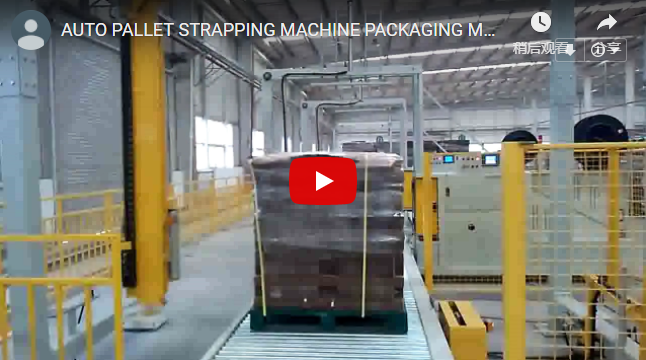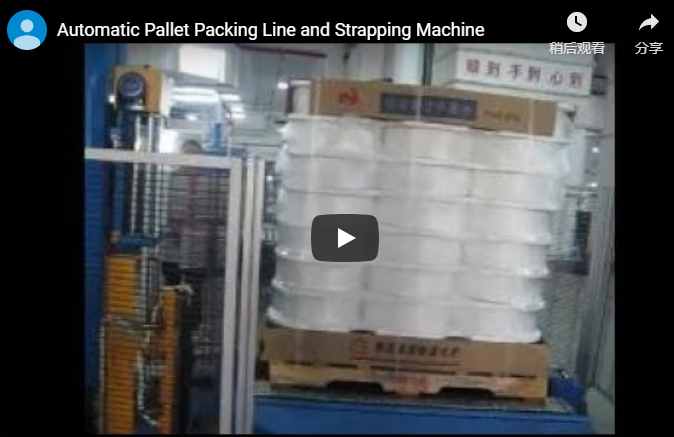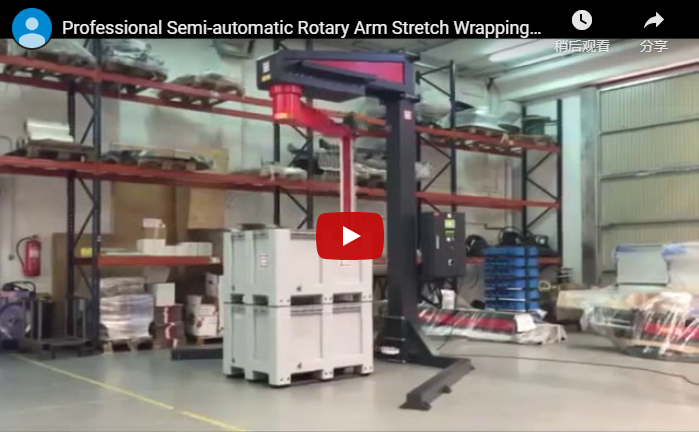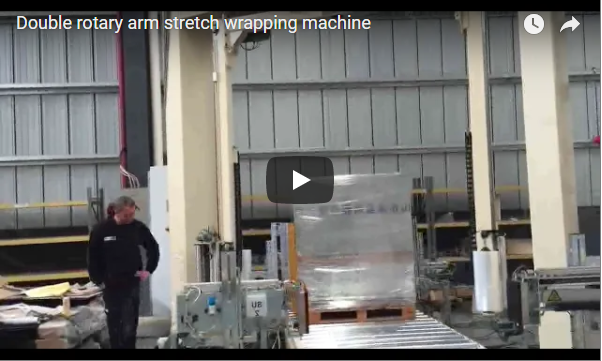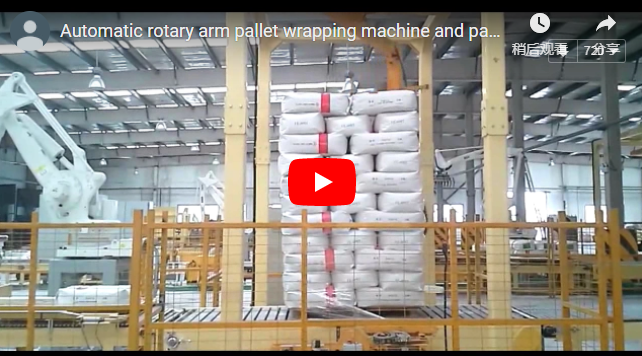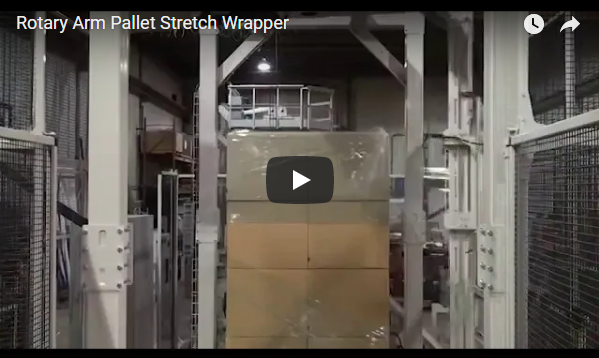1. Understanding the Semi-Automatic Rotary Arm Stretch Wrapper
In the demanding environment of modern fabrication and manufacturing, efficient and secure pallet wrapping is non-negotiable. The semi-automatic rotary arm stretch wrapper stands out as a robust solution, particularly adept at handling challenging loads. Unlike traditional turntable wrappers where the pallet spins, this design keeps the load stationary. Instead, a rotating arm travels around the pallet, applying stretch film precisely. This method is inherently superior for loads that are exceptionally heavy, unstable, tall, or irregularly shaped, preventing potential product shift or toppling during the wrapping process.
2. The "Semi-Automatic" Workflow: Balancing Control and Efficiency
The "semi-automatic" designation signifies a smart balance between automation and operator involvement. Here's a typical workflow from an operator's perspective:
- Load Placement: The operator positions the palletized load within the wrapping zone using a forklift or pallet jack. The stationary nature means precise placement is less critical than with turntables.
- Film Attachment: The operator manually attaches the leading edge of the stretch film to the pallet or load base. This is often a quick tuck under a pallet stringer or securing to the load itself.
- Cycle Initiation: The operator selects the desired wrap program (if multiple are available) via the control panel and initiates the wrapping cycle.
- Automated Wrapping: The machine takes over. The rotary arm begins its orbit around the stationary load, dispensing film according to pre-set parameters like film tension, arm speed, and the number of top/bottom wraps. The film carriage typically moves vertically along a mast to ensure full load coverage.
- Film Cut and Clamp (Automated): Upon cycle completion, most modern semi-automatic rotary arm wrappers feature an automated system that clamps the film, cuts it cleanly, and often wipes it against the load, securing the tail. This significantly speeds up the process compared to fully manual cutting.
- Load Removal: The operator removes the securely wrapped pallet.
This semi-automatic approach reduces the manual labor compared to hand wrapping and provides significantly more consistency and load containment. It's generally more cost-effective than fully automatic systems and requires less complex integration, making it ideal for operations with moderate throughput or varied load types.
3. Key Technical Specifications and Performance Metrics
When evaluating a semi-automatic rotary arm wrapper, fabricators should focus on these critical parameters:
- Maximum Load Size (L x W): Defines the largest pallet footprint the machine can accommodate.
- Maximum Load Height: Crucial for tall or double-stacked pallets. Typically ranges from 80" to 110" or more.
- Maximum Load Weight: While the load is stationary, the overall machine structure must be robust. Often handles weights from 3,000 lbs upwards.
- Arm Rotation Speed: Measured in RPM (Revolutions Per Minute), directly impacting throughput (pallets per hour). Typical speeds range from 10-15 RPM.
- Film Delivery System:
- Powered Pre-Stretch: Essential for film economy and load integrity. Ratios like 200% or 250% mean 1 foot of film is stretched to 3 or 3.5 feet, significantly reducing consumable costs. Look for adjustable pre-stretch settings.
- Film Tension Control: Electronic or magnetic control ensures consistent film tension regardless of roll diameter.
- Control System: Typically PLC-based (Programmable Logic Controller) offering:
- Multiple wrap program storage (e.g., different top/bottom wraps, tension settings for specific products).
- Adjustable arm and carriage speeds.
- Top sheet or Roping cycles.
- User-friendly HMI (Human Machine Interface) touchscreen.
- Power Requirements: Usually 220V or 480V 3-phase power.
- Safety Features: Light curtains at entry/exit points, emergency stop buttons, safety fencing, and audible alarms are critical.
4. FHOPE Semi-Automatic Rotary Arm Wrappers: A Closer Look
FHOPE has established itself as a reliable manufacturer in the packaging machinery space, offering semi-automatic rotary arm stretch wrappers designed with durability and efficiency in mind. From personal observation and industry feedback, their machines often emphasize:
- Robust Construction: Built to withstand industrial environments, often featuring heavy-gauge steel frames.
- User-Friendly Controls: Intuitive interfaces simplify operator training and program adjustments.
- Efficient Film Delivery: Incorporating reliable powered pre-stretch systems helps users maximize film yield and achieve consistent load containment.
- Integrated Cut & Clamp: Their implementation of automatic film cutting and clamping streamlines the end-of-cycle process, boosting throughput compared to designs requiring manual cutting.
- Customization Potential: Offering options to tailor machines to specific load heights, sizes, or wrapping requirements.
While specific model features vary, FHOPE generally aims to provide a strong balance of performance, ease of use, and reliability suitable for industries like logistics, warehousing, food and beverage, and general manufacturing – anywhere stable pallet loads are paramount.
5. Operator Experience and Real-World Benefits
Implementing a semi-automatic rotary arm wrapper like those from FHOPE brings tangible benefits beyond just wrapping pallets:
- Improved Load Stability: The primary goal. Consistent wrap patterns and tension control dramatically reduce product damage during transit and handling. This is especially noticeable with unstable or easily compressed goods.
- Increased Throughput: Significantly faster than manual wrapping, freeing up operator time for other tasks. The automated cut/clamp feature further shaves seconds off each cycle.
- Material Cost Savings: Powered pre-stretch is the key here. Using less film per pallet translates directly to bottom-line savings on consumables. Calculating the ROI often hinges heavily on film savings.
- Enhanced Ergonomics and Safety: Eliminates the physically demanding and potentially hazardous task of manually walking around a pallet with a film dispenser. Integrated safety features further protect operators.
- Consistency: Machine wrapping ensures every pallet receives the same programmed wrap pattern and tension, unlike the variability inherent in manual wrapping.
While there's a learning curve for setting optimal parameters (tension, wraps, overlap) for different load types, modern control panels make this process relatively straightforward. Regular maintenance, primarily focused on the film carriage, rotating arm assembly, and safety sensors, is essential for long-term reliability.
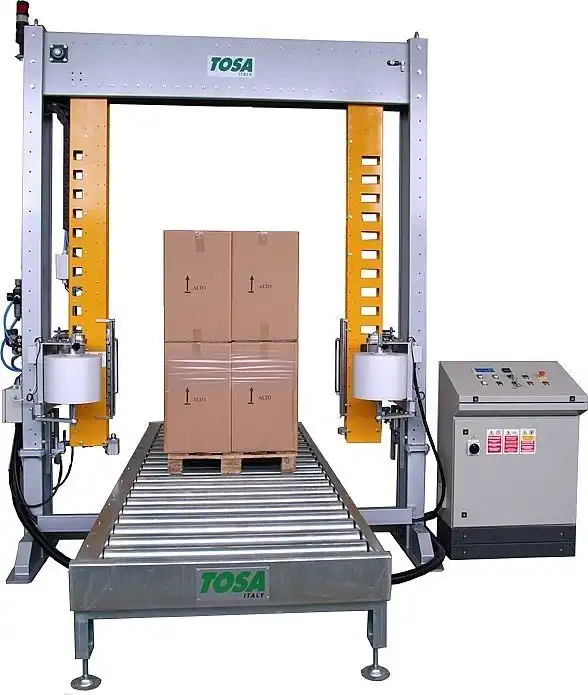
6. Conclusion: A Strategic Investment for Load Security
For fabrication shops, distribution centers, and manufacturing plants dealing with heavy, tall, or unstable loads, the semi-automatic rotary arm stretch wrapper is often the most logical and effective solution. It provides the load-securing benefits of keeping the pallet stationary while offering a significant degree of automation that boosts efficiency and consistency over manual methods.
Manufacturers like FHOPE deliver machines that incorporate essential features like powered pre-stretch and automated film cut/clamp systems, making them valuable assets for improving packaging quality, reducing costs, and enhancing operator safety. When evaluating your end-of-line packaging needs, the capabilities and ROI potential of a semi-automatic rotary arm wrapper warrant serious consideration.
For more information on stretch wrapping solutions:
https://www.fhopepack.com/Stretch_wrapping_machine.html
Contact for inquiries:
info@fhopepack.com
Explore packaging industry standards and resources:
PMMI - The Association for Packaging and Processing Technologies

